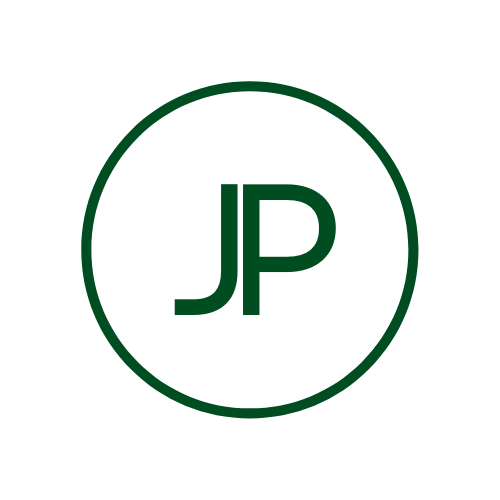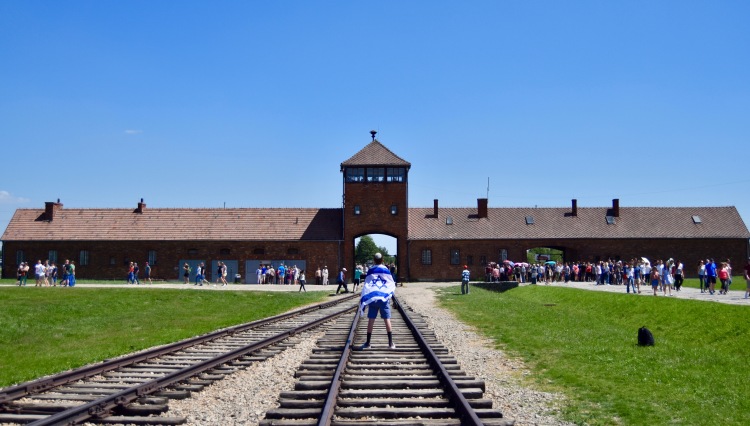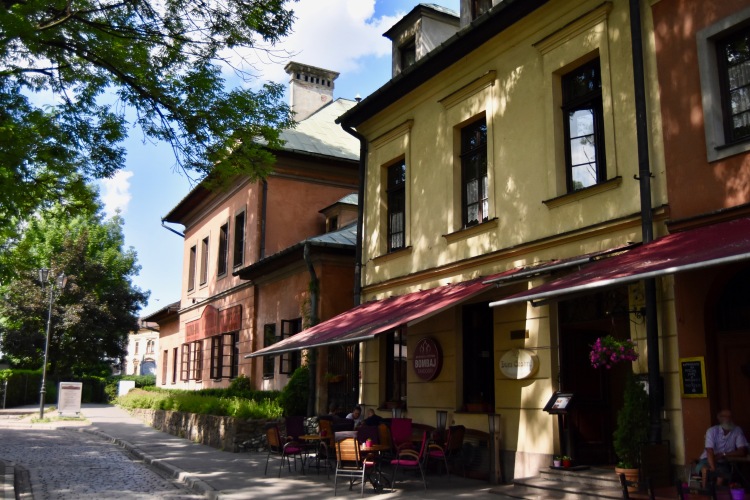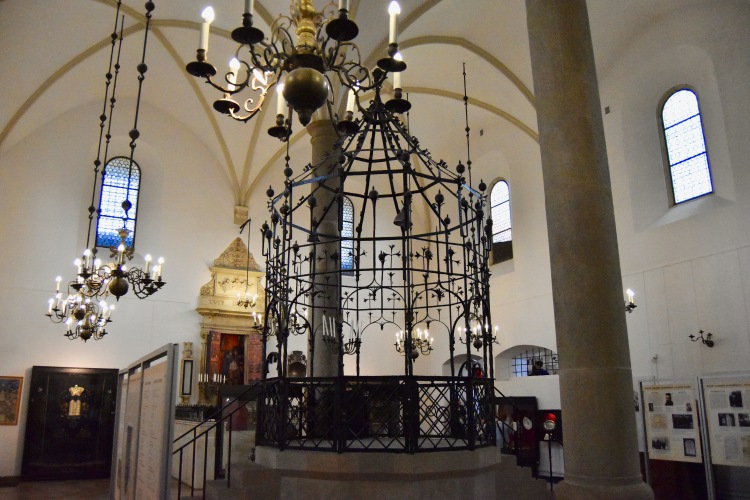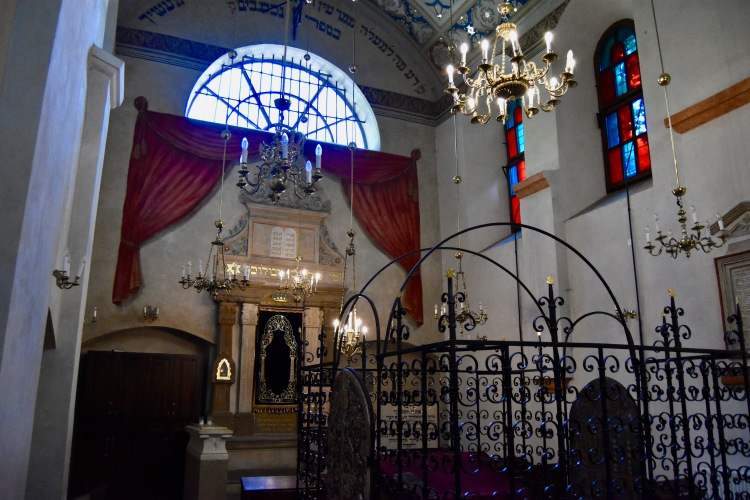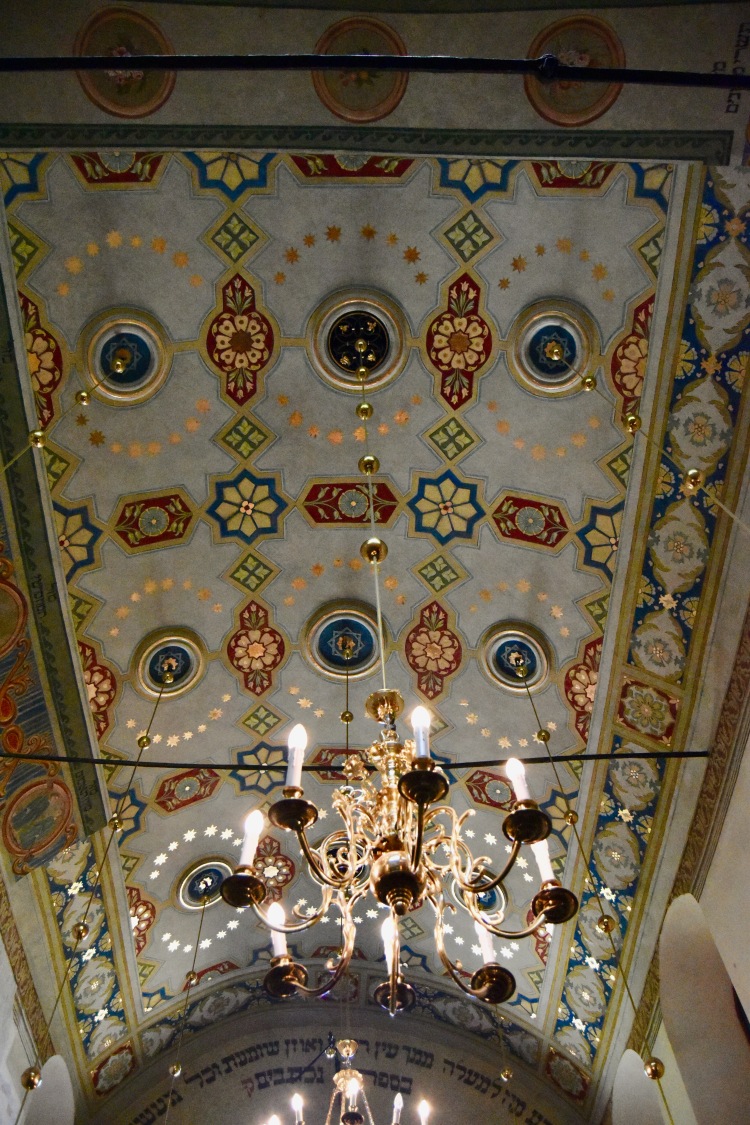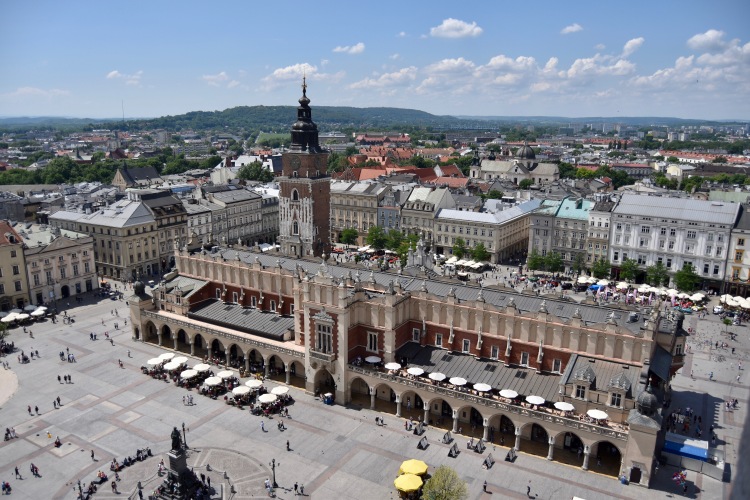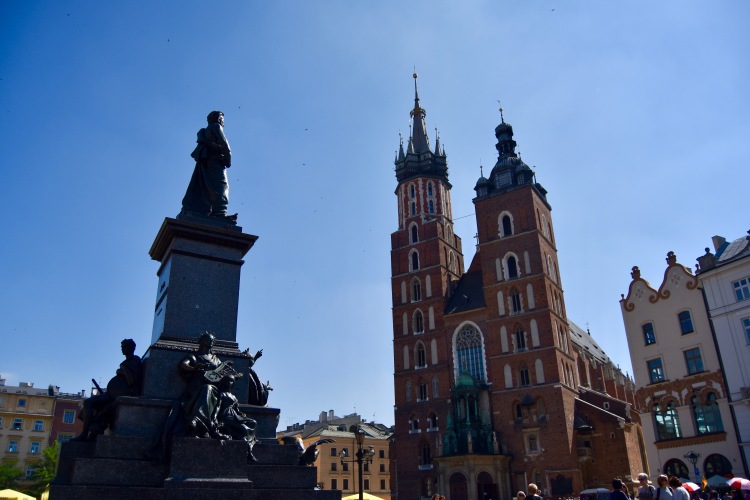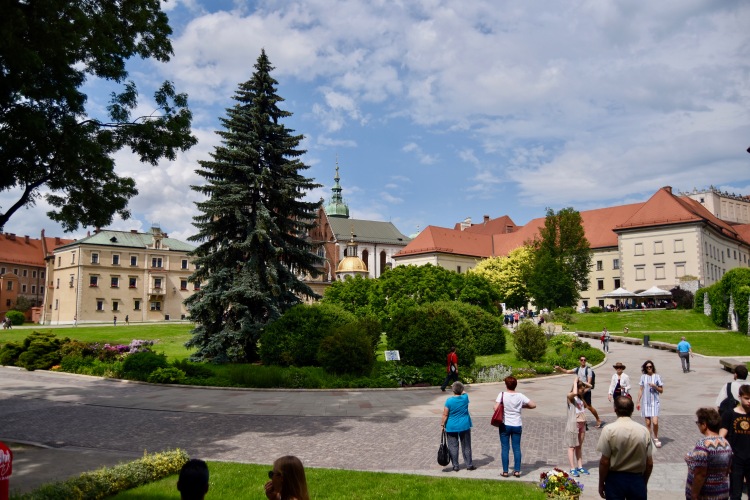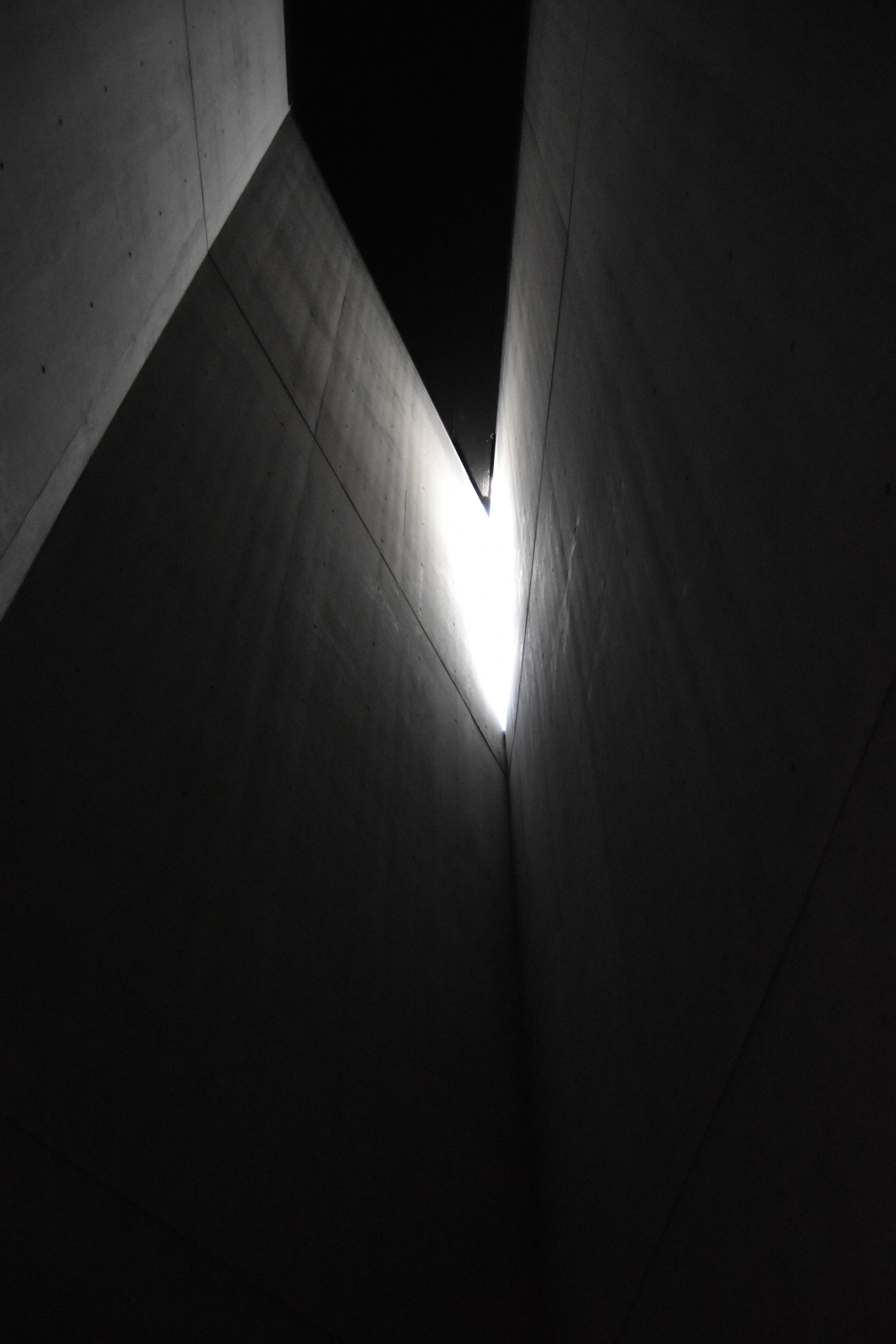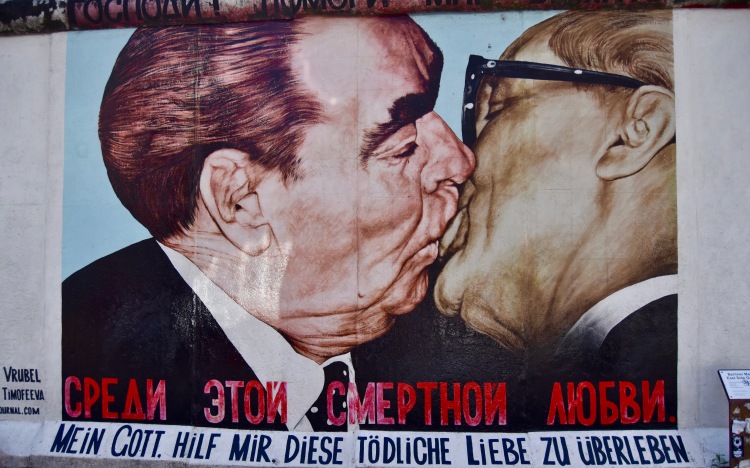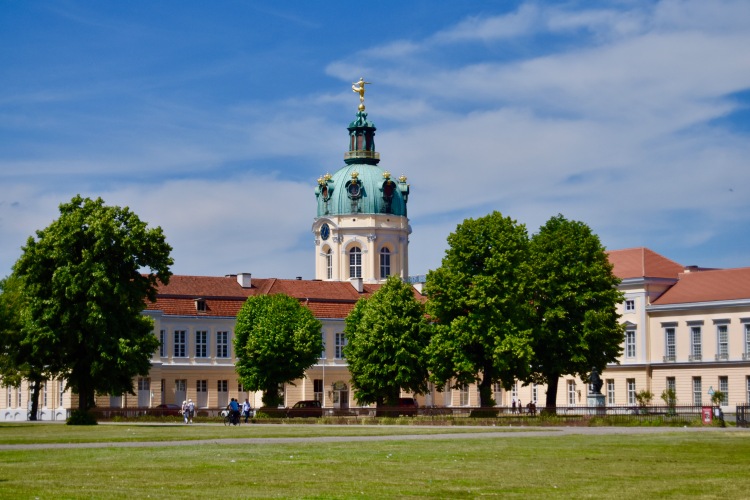My apologies for the lack of images- WordPress seems to be glitching on me, so I’m searching for a fix and will have the article updated as soon as I solve the problem!
Prague is the one city on this European tour that I had a pretty good picture of before we arrived. I knew from friends who have been that Prague was gorgeous. I had been told it was cheap- very cheap. I knew from the amount of travel shows that have covered it that it would have tourists on par with the levels of Rome or Paris. What friends and travel show hosts don’t tell you is that the city is much more than an Eastern European version of the City of Love. Prague has a vibrant, colorful, young feel to it that I hadn’t felt in any other place on this journey. Nestled in the mountains and straddling the Vltava River, this city is not just the capital of the Czech Republic, it is the home of nearly every major political development in Czech history.
The earliest settlement in the area is a small Paleolithic village documented on the hill that would later become the site of Prague Castle. Rabbi David Solomon Ganz, a 16th century Jewish historian from the area, claimed the settlement was founded in 1306 BC by a man by the name of King Boyya, and named as Boihaem. This name later lent itself to the region and one of the empires Prague would become the capital of: Bohemia. At the latest, Prague Castle itself dates from 885 AD, making it nearly 1,200 years old on its own! This castle would become the seat of the Empire of Bohemia, as well as the seat for many Holy Roman Emperors. As the joke goes, they actually ruled an area that wasn’t truly Holy, Roman, or an Empire!
Before Adi and I even made it to the Old Town on our first day, we ran into a market of sorts selling traditional wooden toys, clothing, and food. One artist was even smelting metal on the spot! We continued onward to the Old Town, walking under the Powder Tower, a 15th-century city gate that has been restored since it was damaged in the 1648 Battle of Prague which ended the Thirty Years’ War. We visited the Old Town Square and enjoyed what appeared to be a festival of traditional Czech music as we continued on towards the river. We crossed the river via the pedestrian-only Karluv Most (Charles Bridge), a cobblestone crossing filled with street musicians, artists, and vendors.
We continued on to the famous Lennon Wall, which has been spray painted with graffiti- often politically charged- referencing many of The Beatles’ most famous songs, quotes, and beliefs. Originally simply a normal wall, the graffiti has been a feature since 1980 and was of particular frustration in 1988 to the Husák Communist regime because people- mainly students- would spray paint their grievances against the government onto the wall. The graffiti was (and is) allowed to continue due to the fact that it is the Sovereign Military Order of Malta which owns the wall. Adi and I took our photos, and after spending a short time there, we walked past the Strakova Akademie, the 1896-opened Seat of Government of the Czech Republic.
Adi and I trudged up what felt like one of the longest hills I’ve ever climbed to visit the grounds of Prague Castle. After some language barrier issues, we managed to get our tickets scanned and explore its history through an exhibition at the site, which allowed us to look beneath our feet at multiple-thousand-year-old streets, as well as immerse ourself in many other historical royal and ordinary artifacts. Due to the extreme old age of both the complex and the artifacts inside, no photos were allowed.
We crossed one of the city’s many bridges back into Old Town, and I had to see two synagogues that Prague is famous for. The first is the Staranová Synagoga, a small, still functioning building designed in the Gothic style. It is also known as the Altneushul in Yiddish, or the Old-New Synagogue in English. The building is small, sparsely decorated with the exception of the Ark, and very traditionally laid out- even dimly lit in some spaces. Completed in 1270, the synagogue is the home of the famous legend of the Golem of Prague.
Legend of the Golem of Prague: Short Version
In the 16th century, during the reign of Rudolf II, an old Jewish man named Rabbi Judah Loew lived in Prague. During that time, the Jewish people of Prague were being attacked and lived their lives in fear. Rabbi Loew decided to protect the Jews against pogroms by creating the Golem, a giant who according to the Cabala could be made of clay from the banks of the Vltava. Following the prescribed rituals, the Rabbi built the Golem and made him come to life by reciting a special incantation in Hebrew. The word “emet”, meaning “truth”, was placed on the Golem’s forehead.
The Golem would obey the Rabbi’s every order and would help and protect the people of the Jewish Ghetto. However, as he grew bigger, he also became more violent and started killing people and spreading fear. Rabbi Loew was promised that the violence against the Jews would stop if the Golem was destroyed. The Rabbi agreed. By removing the first letter from the word “emet”, thus changing it to “met” (meaning “death”), life was taken out of the Golem. According to legend, the Golem was brought back to life by Rabbi Loew’s son, and may still be protecting Prague today.
The second synagogue I had to see was the Jeruzalémská Synagoga, originally known as the Jubilee Synagogue. It became known as the Jerusalem Synagogue due to the name of the street on which it sits. This too, is still in use- and those who get to use it are beyond lucky. Compared to most sites in Europe (Jewish and non-Jewish), the building is fairly recent- having been completed in 1906 and dedicated on Simchat Torah that same year. Due to its Moorish Revival design, many architectural features feel Southern Spanish or North African, a striking departure from the more traditionally Eastern European architecture surrounding it. And the Art Nouveau-style detailing lends the building a bright, colorful, almost playful façade. The continuation of the color scheme inside with the inclusion of gold additions made the interior feel similar to a Catholic cathedral, which I never expected to see in a synagogue. My favorite detail lies inside, as well. Along the walls, there is gold leaf (unclear if it’s real or fake) lettering spelling out various phrases or psalms from Jewish tradition. Flanking the bimah and the Ark is a phrase from Psalm 121:
אשה עינית אל ההרים / מאין יבא עזרי
For those who cannot read Hebrew, it transliterates to “Esa Enai El HeHarim / M’ayin Yavo Ezri. Roughly translated to English, it means “I will lift up my eyes to the mountains / From where will my help come?” This psalm holds special meaning to me, because although I never learned it at my home synagogue, it was a constant feature during NFTY Northeast Shabbat. It quickly became one of my favorites, and to see it immortalized in such a beautiful space made me very excited. I know what you’re thinking: “Only Jackson could get excited about a PRAYER,” and while you may be right, I’ll argue that anyone would feel similar being in a space like that
To the end of our visit, Adi and I took the elevator to the top of the Žižkov Television Tower to check out the views of the city. Controversial when it was first built, the tower was necessary for broadcasting a signal to the whole of Prague. It is also now the highest viewing platform anywhere in the Czech Republic. Adi and I also climbed what felt like forever to reach the top of a hilly park on the northern bank of the Vltava River, where a massive, mechanical metronome keeps the whole city of Prague marching to the same beat. This gave us a beautiful view of the city from an opposite perspective to that of the Zizkov Tower. Our last stop was the Prague Zoo, which we chose to do to bring out the inner child in both of us, and just for fun. We got there and spent about 45 minutes walking before being caught in a massive downpour, which after about half an hour subsided to a drivel and allowed us to go back outside. We ended our visit by hearing a jazz group made up of members of the Prague Police Department playing live at the zoo! Now THAT is something you don’t see every day
We then took an overnight bus from Prague to Munich, where I finish this post up. In the next few days I’ll be exploring Munich with and without Adi (while he is in class), and then enjoying a short stopover in Amsterdam on my way to Israel
Prague never lets you go…this dear little mother has sharp claws.” – Franz Kafka”
